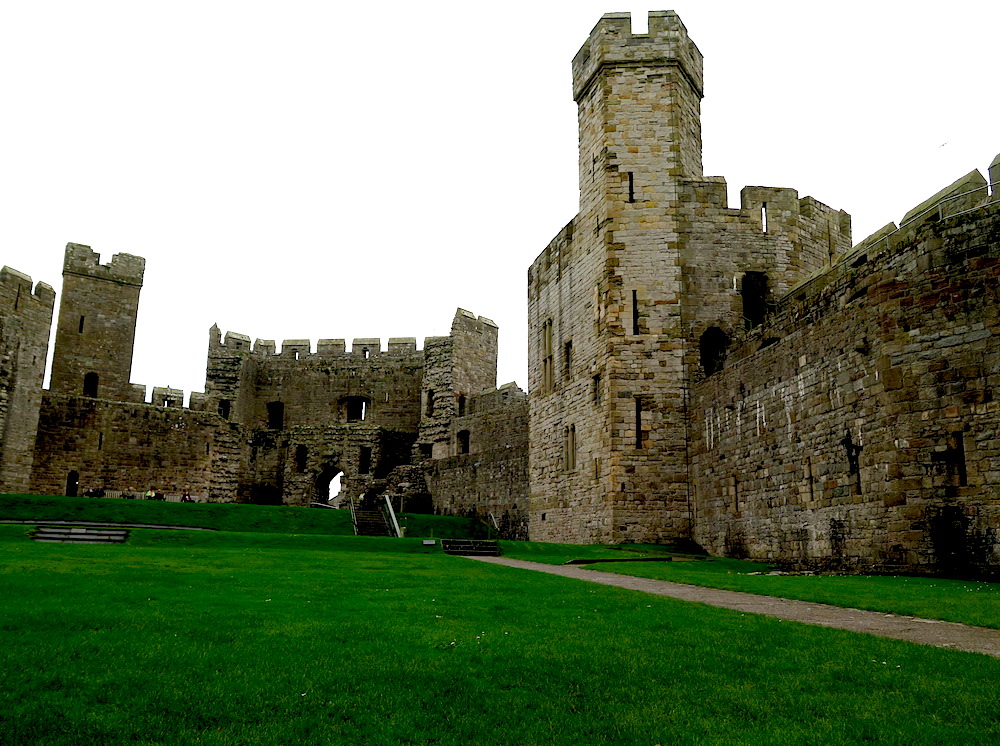For those Game of Thrones fans who glimpse Caernarfon for the first time, “Winter is coming” might be the first words from their mouths.
Perhaps the most famous of Wales’s 641 castles, Caernarfon was built in 1283 within the confines of a Roman fort so large that the entire Norman castle could be contained within the fortress walls.
The castle was constructed in celebration of Edward I’s conquest of Wales and served as a military stronghold, as well as a royal palace and a seat of government. A wealthy and cultured ruler, Edward hired the master military architect of the epoch to create a castle with glass, murals – and running water. Guests traveling up the River Seiont could enter the castle from the water gate.
With an imposing twin-towered gatehouse and numerous polygonal towers, Caernarfon evokes the dream castle of Welsh myth, while also echoing the imperial power of Rome and the walls of Constantinople.
Caernarfon was the locale in 1911 of the investiture of Edward VIII, who later abdicated in order to marry American socialite Wallis Simpson – and it was at Caernarfon that Charles, Prince of Wales, was invested in 1969 at the age of 21 in a ceremony marked as much by pomp and circumstance as it was by controversy.
A UNESCO World Heritage Site since 1986, Caernarfon houses the Royal Welch Fusiliers Regimental Museum and is considered to be among “the finest examples of late 13th century and early 14th century military architecture in Europe.”
For those who admire Game of Thrones in its many incarnations, Caernarfon offers an entry into the medieval past, both real and imagined.




























